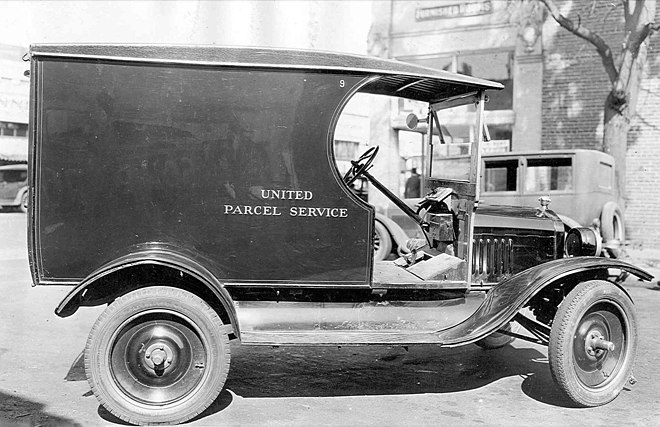The first 10 days of 2021 is not usual for Pinduoduo (NASDAQ: PDD): a female employee’s sudden death on her way back to home midnight, widely reported in China + a suicide by jumping from an employee’s home on the 27th floor + firing of a Shanghai-based employee due to posting unwanted messages on Maimai. (see details below)
Pinduoduo is not alone. The three cases, although all about Pinduoduo (NASDAQ: PDD), are the latest extreme illustration of “involution” (内卷), a very popular word in China right now.
To explain it in one sentence, involution = excessive competition with no real growth. It’s mostly used with China’s urban working class and popular in the case of internet companies.
How did involution happen? For internet companies in China:
1/ no more demographic dividend. No easy growth from new handset shipment, MAUs. Growth from lower-tier cities has been explored for the past 2-3 years.
2/ major business models are occupied by established companies. It’s the same across US and China. Rarely a new thing could pop up and sustain (Pinduoduo and ByteDance are years old and becoming “established”). Established companies are disproportionately more powerful. And internet companies are usually more innovative than others.
3/ too big to grow domestically and hard to grow overseas. When those $200bn+ companies want to grow fast, they require more energy and space. China has a big market, but US big techs not only have a large domestic market but can easily participate other markets globally. Southeast Asia is important for China’s tech/internet sector but cannot provide enough TAM.
On a side note, investors globally should start to focus on ESG measures in China.
Leading investors in China should take a lead, be more responsible on values (not just value), and care more about all stakeholders (not just as shareholders).
Three Pinduoduo cases attached:
1. The girl’s death on her way home after working until midnight
The tragedy is well reported in medias (Bloomberg, Reuters, etc.). The girl, born in 1998 (22 years old) and joined Pinduoduo (NASDAQ: PDD) in July 2019, collapsed while walking home with colleagues at 1:30 am. She died in the early hours of Dec 29, 2020 in local time – didn’t make it through the new year.
In China, the death quickly get massive public attention and criticism over the internet, as well as the regulator’s probe according to the news.
2. The suicide on Jan 9 by jumping from the 27th floor
The male developer joined Pinduoduo (NASDAQ: PDD) in July 2020. His suicide on Jan 9 (Jan 8, Friday in local time) in Changsha has been confirmed by Pinduoduo and is well-reported in China. It hasn’t been reported much in english so far but here is one from EqualOcean. The details are still unclear.
3. An employee in Shanghai fired on Jan 9 for posting photo
The story is still developing. The fired employee posted a video detailing his experience on social medias, including Bilibili, Weibo and Zhihu. The video is only in Chinese, but here are the major facts he provided:
- The fired employee joined Pinduoduo (NASDAQ: PDD) as a front-end developer in July 2019, right after graduating from college.
- On Jan 7 (local time) morning, when he entered the Pinduoduo office building, he saw a male being put on an ambulance in front of the building. He then posted a photo of the ambulance on Maimai, a career social platform in China known for anonymous forum.
- Somehow, Pinduoduo found out it was him to post the photo anonymously and asked for a “talk” on Jan 8 (local time) afternoon.
- He was told that he was making Pinduoduo look bad and was asked to sign an agreement that says he will voluntarily quit, confirm that he made certain comments, and not to talk about it after quitting.
- He refused to sign the agreement and was fired immediately afterwards.
He also confirms some “rumors” about how Pinduoduo treats its employees and the unpleasant working environment, e.g.
- Employees in Shanghai are implicitly asked to work 300 hours per month; some departments are asked to work up to 380 hours per month
- It’s much more than the so-called “996” culture; employees mostly get off work around 11pm/12am
- For any legal holiday that is longer than 3 days, employees are required to get back to work early
- Employees are asked to move into newly renovated buildings/offices when there is unpleasant/unusual smell in the air
















